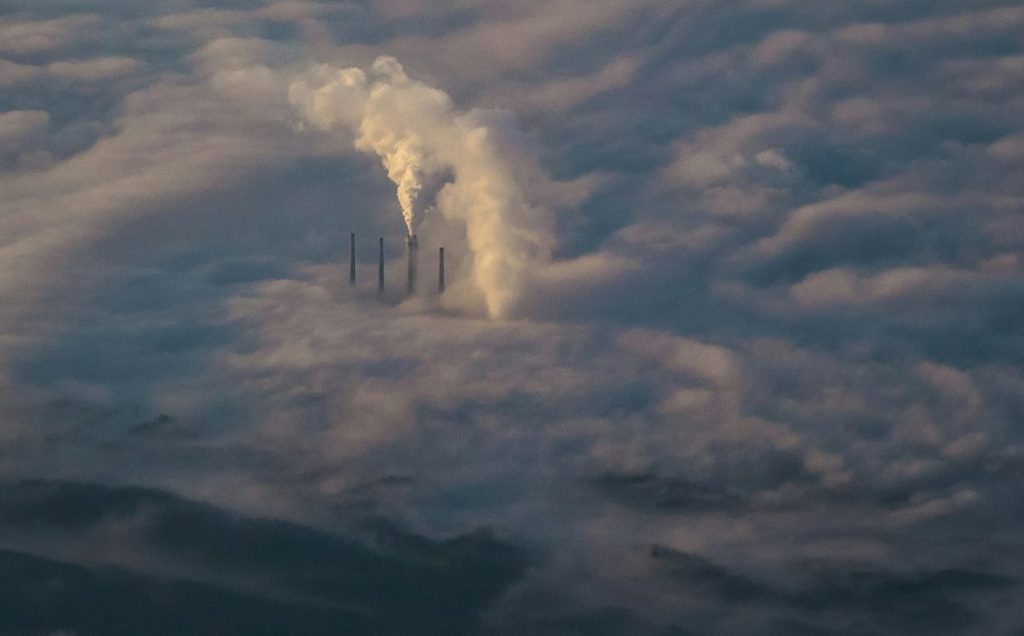By Lori Lee
NDG Contributing Writer
As part of the Greenhouse Gas Reduction Fund (GGRF), the Environmental Protection Agency (EPA) last month granted $27 billion to 68 American communities. The funds are part of the massive Inflation Reduction Act, the largest ever investment in clean energy systems and greenhouse gas reduction.
Because they were found to bear the greatest pollution burdens and the highest per capita energy costs, the lion’s share of the $27 billion investment is reserved for underserved communities, explained EPA’s Director of the fund David Widawsky in a September Ethnic Media Services briefing. The money means economic revitalization to communities that have historically been left behind and overburdened by pollution. Energy costs can be three to ten times higher in proportion to the incomes of people in these communities.
The legacy of redlining lives on, added University of Michigan Vice Provost Shalanda Baker at the briefing. The Greenhouse Gas Reduction Fund is designed to bring new capital into markets that are falling behind in the transition to renewable energy. The fund is creating opportunities for community ownership of energy assets, new jobs, and new American businesses.

The program was set up to meet the urgent needs of our country, said Widawsky. Among other main goals of the program are increasing the country’s energy independence and competitiveness and lowering energy costs for consumers.
To help as many communities as possible, the GGRF is spreading the funds by mobilizing private capital through local banks under the Storage Investment Accelerator Grant program. Grantees use the money to finance solar facilities to amend buildings and to substitute antiquated appliances and transportation systems with more efficient ones, said Widawsky. Their work will improve health and provide opportunities for wealth creation for individuals and businesses in American communities.
The Clean Communities Investment Accelerator and Solar for All programs are each 100% dedicated to overburdened communities, explained Widawsky.
To determine which communities should qualify as disadvantaged, the White House Council on Environmental Quality put together a climate justice screening tool, which uses census tract data. demographic information, the presence of low-income housing and other metrics to map out disadvantaged communities. Tribal communities are also considered eligible for the funding.
When the Inflation Reduction Act was passed by Congress in 2022, the government was given a legislative deadline of September 30, 2024 to obligate the $27 billion. The EPA then went through an extensive evaluation process to identify and sign up the grantees, said Widawsky, finishing their work a month and a half early.
Two years earlier, on day one of his presidency, Joe Biden signed an executive order advancing racial equity and support for underserved communities, Dr. Baker explained. Seven days later, the President would sign the landmark climate order, which included the Justice 40 Initiative, pledging 40% of benefits to disadvantaged communities. The order required every single federal agency to consider the barriers communities face in accessing federal resources.
When over 6% of household income goes to energy needs, it is considered an energy burden, said Baker, while one out of three Americans are energy insecure, according to Energy Information Administration data. This means people are facing decisions about whether to eat or heat and cool their homes every day. When Americans start making unsafe decisions about heating their homes or living in unhealthy summer temperatures, household fires and death can be the result.
Over 52% of African American and 47% of Latino households are energy insecure, while many native American households lack access to electricity altogether. These Americans are more likely to have some of the health impacts related to living around fossil fuel generation.
The program is designed to substitute equipment that runs on fossil fuels with electric-powered machines, bringing overburdened communities access to clean energy and more clean energy to the grid overall, said Baker. It is designed to clean up communities that are experiencing disproportionate impacts related to the current reliance on fossil fuels, which is especially true for low income communities of color, and in particular, Black communities, which hold higher concentrations of fossil generation in their neighborhoods. White American homeowners are more likely to have access to rooftop solar than Black American homeowners at the same income level, added Baker.
Stacy Abrams is involved in an organization made possible by the GGRF. After presenting Rewiring America’s agenda to the community of DeSoto, Georgia at a recent town hall meeting, residents were given an opportunity to sign up.
“Words cannot express how we appreciate Stacy Abrams and Rewiring America in bringing this program to a small town like this,” said local project manager for Revitalizing Desoto, Rosemary Jones. DeSoto, “Georgia is a town where everyone there knows each other . . . They’re providing no upfront costs to rural families to replace broken equipment in their homes, and I’m just proud to be a part of this team. I can truly say that because of this project, everyone walks away a winner.”
Other grantees are putting tax dollars to good use by working to develop and finance green products under the program. These include the Coalition for Green Capital, Clement United Fund, and Power Forward Communities. Find contact information for all 68 grantees under the GGRF by visiting EPA.gov/GGRF.




